By Jim Harrison
An all-electric vehicle offering an EPA-estimated 238-mile range per full charge for an affordable price — that’s how Chevrolet describes its new Bolt four-door hatchback. Whether you like the name or not, this car will be very interesting to see. It will be the first serious rival to Tesla. The Bolt is due in dealerships before the end of the year.
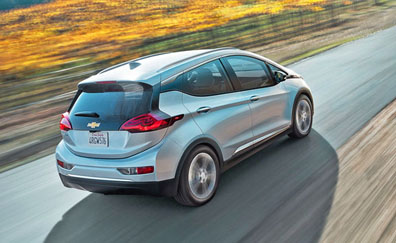
Having a more-than-200-mile range makes a big difference in usability and in buyer confidence. Chevy learned a lot from their successful Volt hybrid sedan that got excellent reviews from its owners, though it was not a really big seller. If the automobile magazine writers are to be believed, the new Bolt has excellent manners, very good handling, and is well put together. It will be interesting to see how the public takes to this new car — especially after the amazing 373,000 pre-orders for the Tesla Model 3.
The motor and drive train
The Bolt uses a permanent-magnet synchronous motor built in South Korea by Chevy partner LG-e. The high-efficiency motor is a GM design that provides 200 hp/150 kW. Peak motor efficiency is 97%. Its rotor has neodymium iron-boron magnets inserted in slots in a two layer “V” arrangement. The motor has an excellent peak power density of 28.8 W/cm3 , and thus a compact size. It uses a bar-wound stator using six conductors in each of the slots.
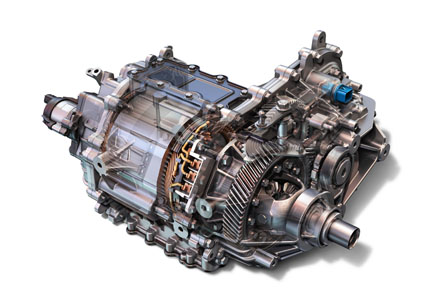
The eight-pole motor runs from the 350-V bus at up to 400 A peak, 184 A continuous, and at a maximum speed of 8,810 RPM. The car's top speed is 91 mph. The engineering team designed the Bolt EV’s electric motor with an offset gear and shaft configuration on and in line with the front axle. The motor is capable of producing up to 266 lb.-ft. (360 Nm) of torque. Combined with a 7.05:1 final drive ratio, it moves the vehicle from 0−60 mph in a pretty quick 6.9 s. The car's curb weight is 3,580 lbs.
If you can figure out what this statement from Chevy means, please let me know: ”Power delivery is controlled by Chevrolet’s first Electronic Precision Shift system. This shift and park-by-wire system sends electronic signals to the Bolt EV’s drive unit to manage precise feel and delivery of power and torque, based on drive-mode selection and accelerator inputs.”
I think maybe the car has a single-speed transmission, but the torque profiles can be changed by the mode settings. But I’m only guessing at this point.
Inverter and battery
The Bolt's water-cooled inverter is a new high-efficiency design capable of 400 Arms peak AC current. It uses IGBTs for power switching.
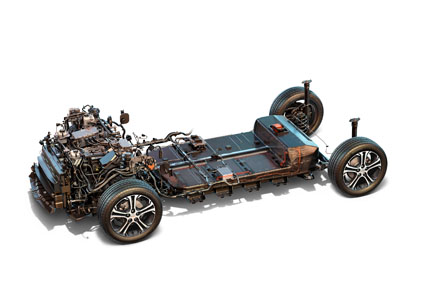
Inside the battery pack — which spans the entire floor, from the front foot well to the back of the rear seat — is a new cell design and chemistry. Greg Smith, engineering group manager at Chevrolet, told me that “The nickel-rich lithium-ion battery chemistry provides excellent thermal operating performance. This reduces the complexity of the active cooling system. Chevrolet engineers have used their experience from the Volt and the Spark EV to design next-generation battery thermal software for the Bolt EV. So, even when the environment or driver’s needs change, Bolt EV consistently performs at its best. With this cell design and chemistry we were able to deliver a battery system with 160 kW of peak power and 60 kWh of energy.”
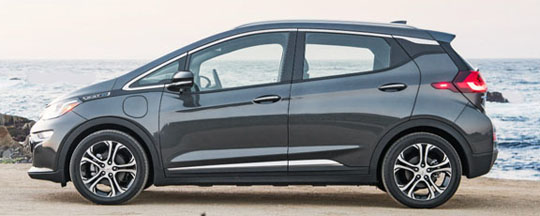
The battery has 288 cells and weighs 960 lbs., and its warranty is for eight years, 100,000 miles. A 7.2-kW on-board charger enables level 2 charging at up to 30 A with full overnight charging from standard 240-V electric vehicle service equipment. Fifty miles worth of driving range can be replenished in two hours, and DC fast charging can replenish 90 miles of range in about 30 minutes, depending on ambient temperatures.
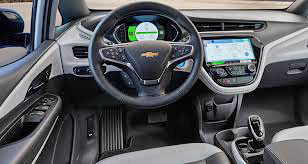
Advertisement





